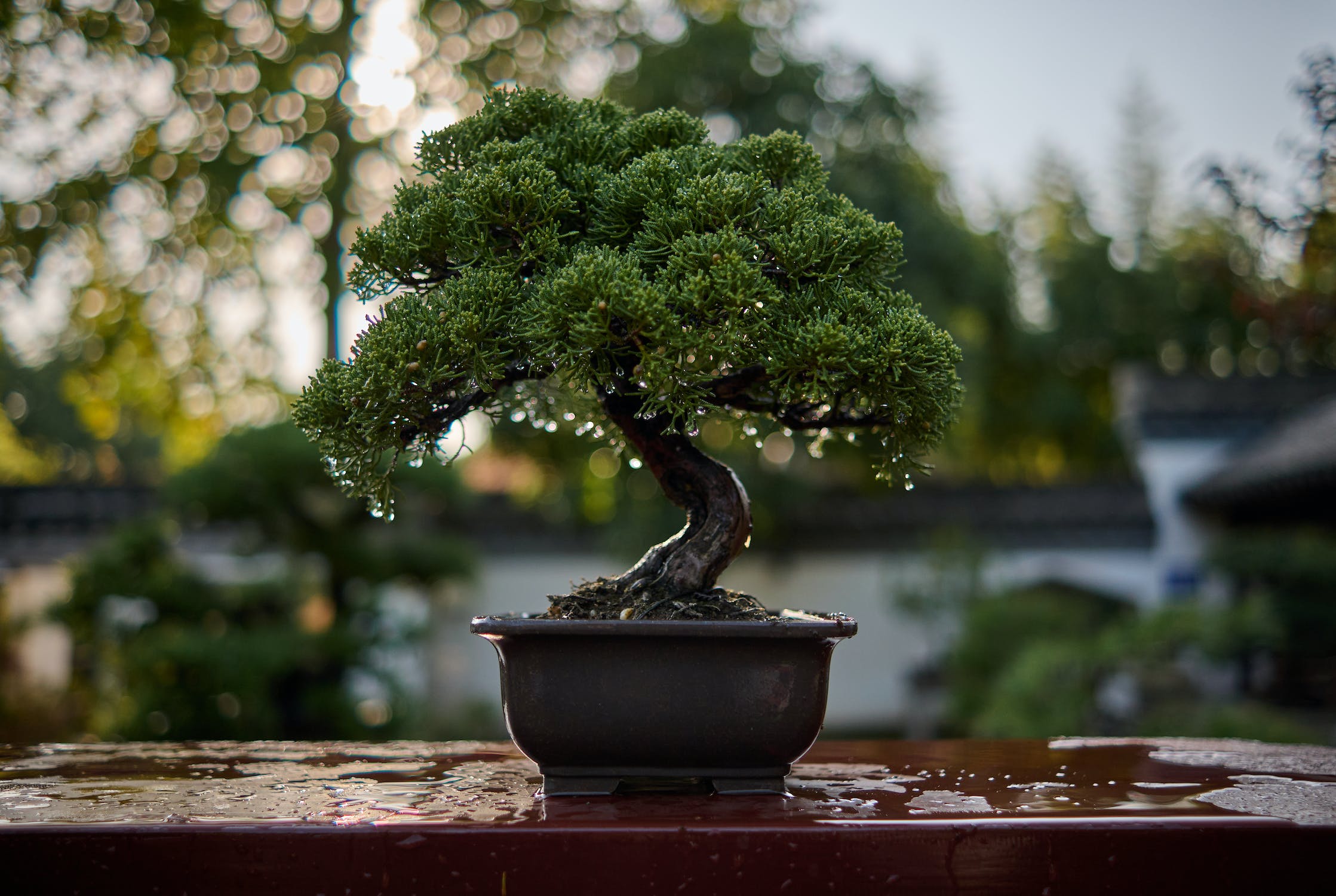With captivating miniature size and artistic appeal, bonsai has won the hearts of plant lovers worldwide. These living masterpieces offer a one-of-a-kind combination of nature and art, symbolizing peace and tranquility in their delicate existence.
This post will go through how to care for bonsai plants so that they thrive and bring joy to your home.
9 Tools that you can use to take care of bonsai plant
Caring for bonsai plants requires precision and attention to detail. Here are some essential tools that every bonsai enthusiast should have in their arsenal:
1. Pruning shears
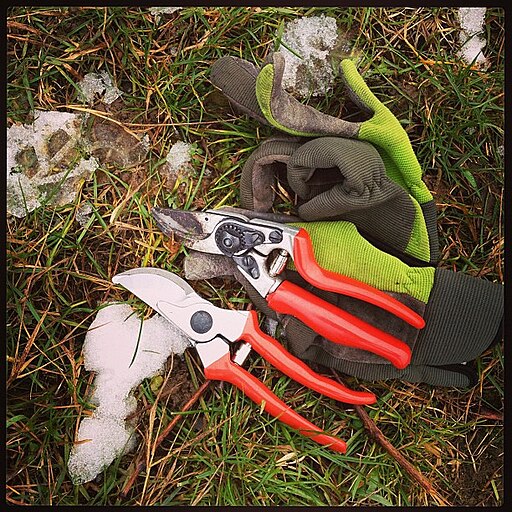
image source: Wikimedia
Pruning shears are designed to make clean and precise cuts, allowing you to trim the branches and foliage of your bonsai with ease. They come in various sizes, with smaller ones ideal for delicate pruning work.
2. Concave cutter
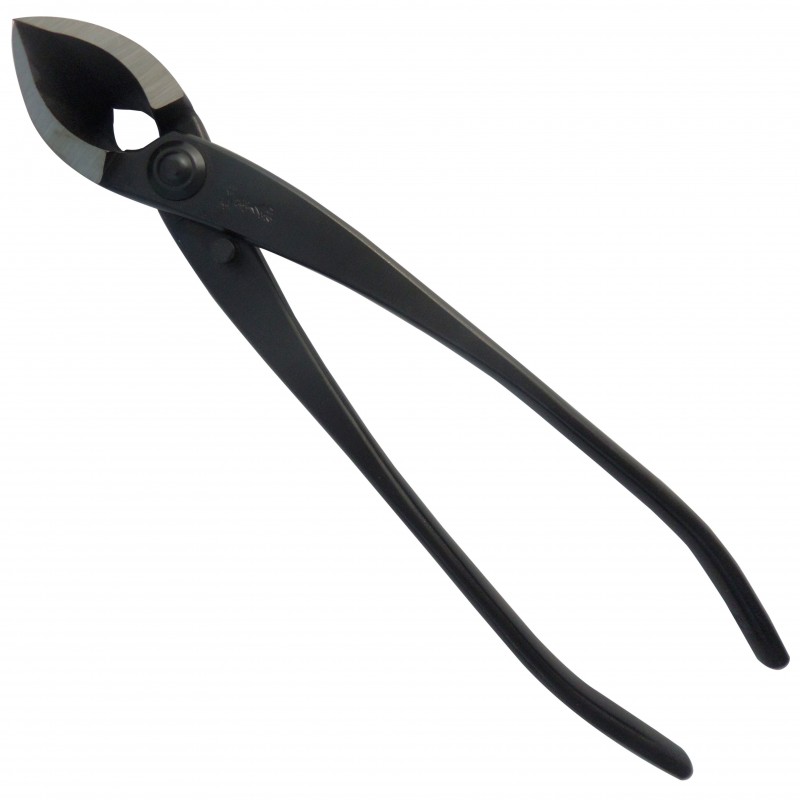
image source: Tenatris
Concave branch cutters have a unique design with curved blades, making it easier to remove branches without leaving unsightly stubs. These cutters help create clean cuts close to the trunk, preventing damage.
3. Knob cutter
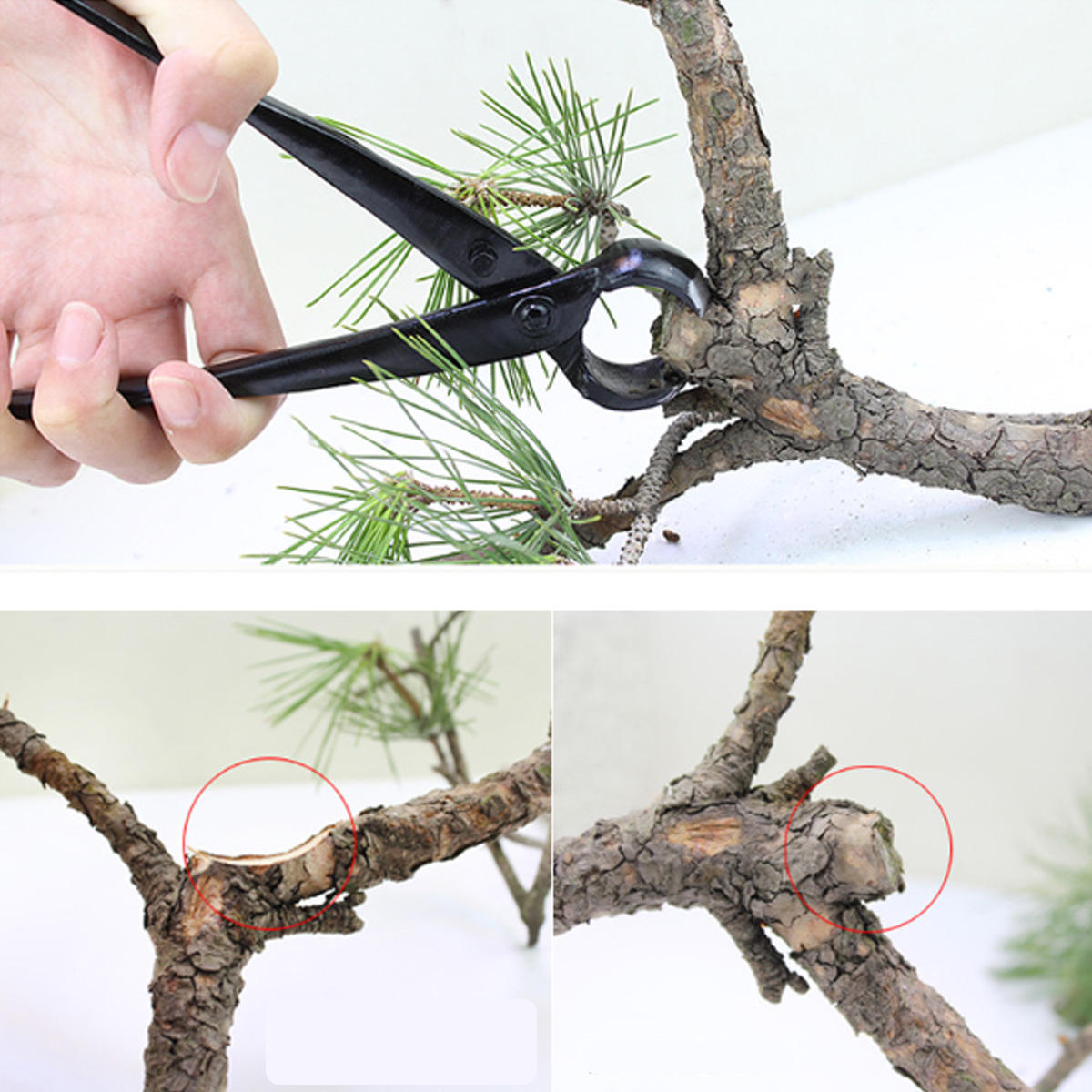
image source: banggood
Knob cutters are used to remove larger knobs or branches without causing harm to the tree. Their rounded blades help you create a more natural look when removing stubs and unwanted growth.
4. Bonsai wire
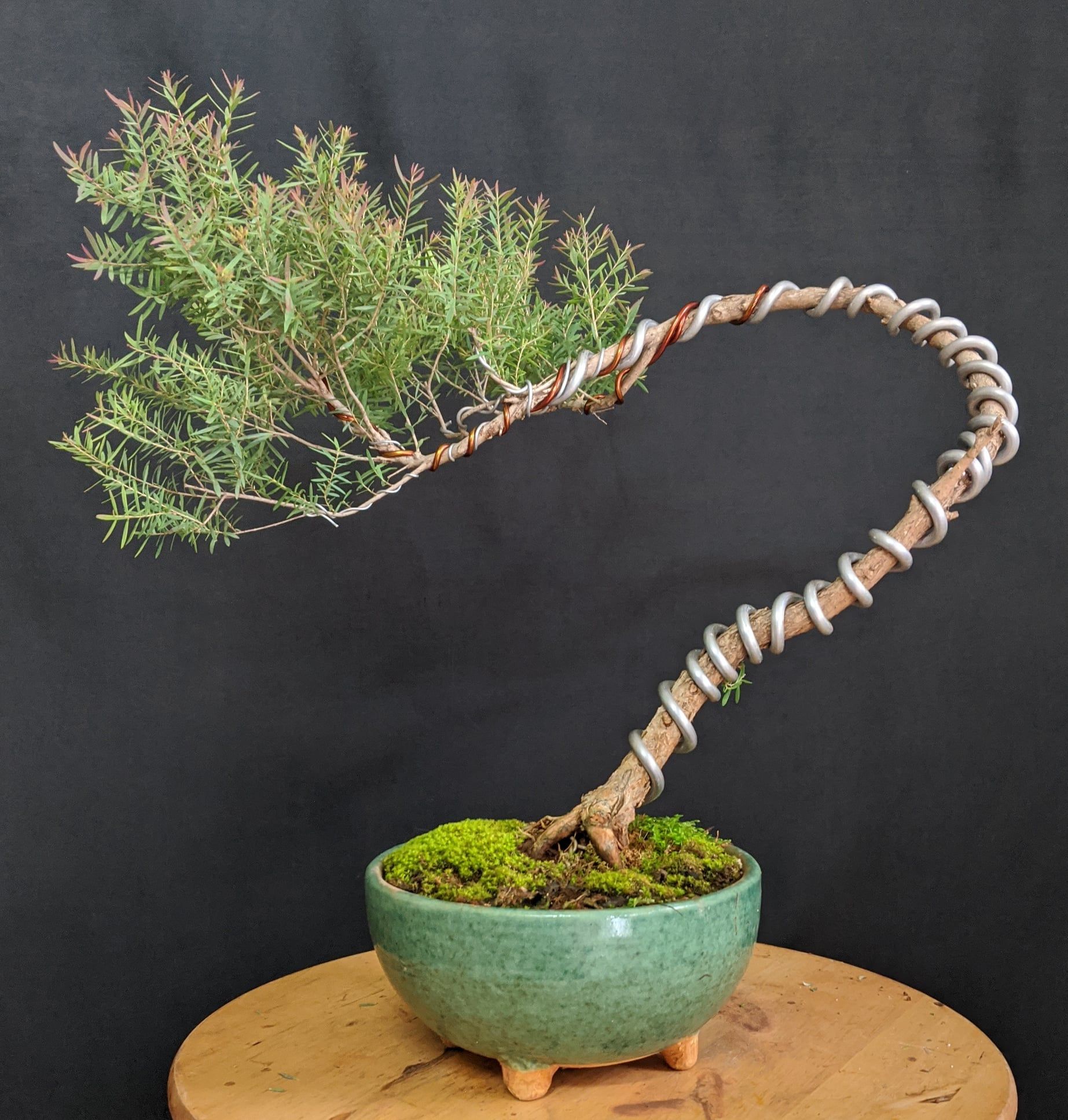
Image source: Pinterest
Bonsai wire is essential for shaping and training your bonsai branches. It is available in various thicknesses, allowing you to build an artistically designed bonsai tree.
5. Root hook
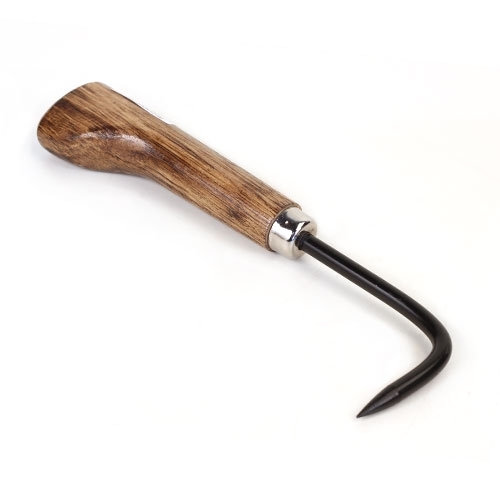
Image source: Easternleaf
A root hook is a handy tool for carefully untangling and combing out the roots of your bonsai during repotting.
6. Bonsai rake
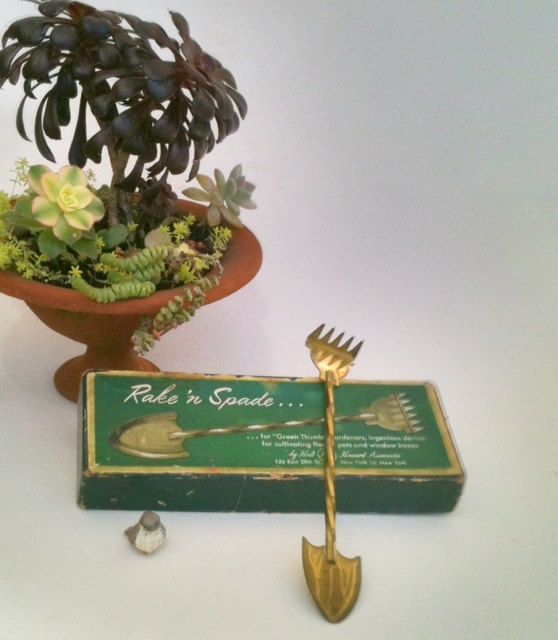
image source: pinterest.com
A bonsai rake is useful for working the soil around the roots and removing debris from the surface of the soil.
7. Watering can
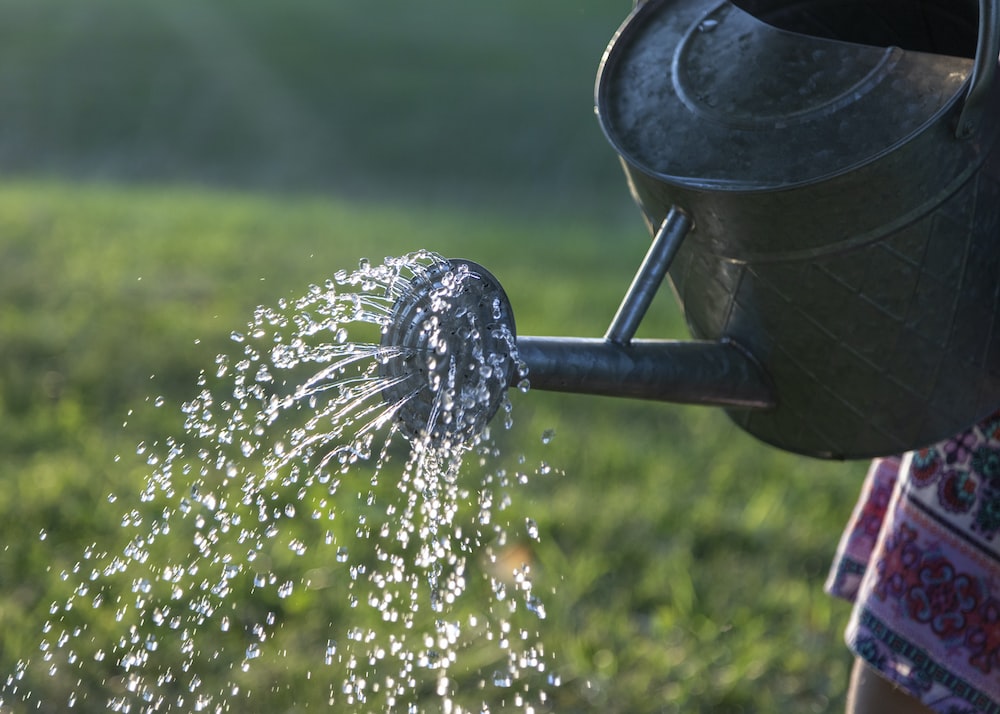
image source: unsplash.com
A watering can with a fine spout allows you to water your bonsai gently and precisely.
8. Soil scoop
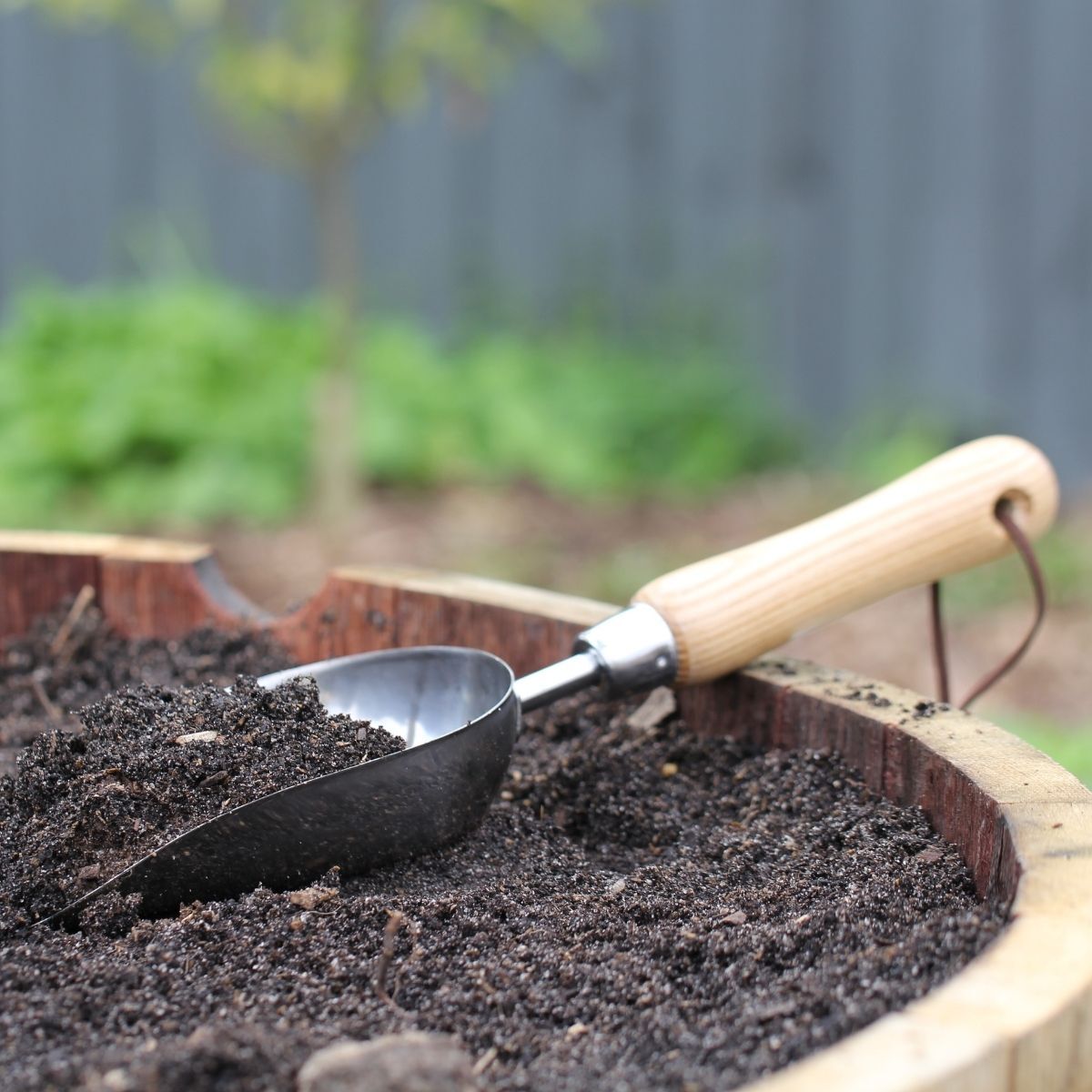
image source: SeedCollection
A soil scoop is a helpful tool for filling the bonsai container with fresh soil during repotting. It allows you to distribute the soil evenly and avoid damaging the roots.
9. Bonsai brush
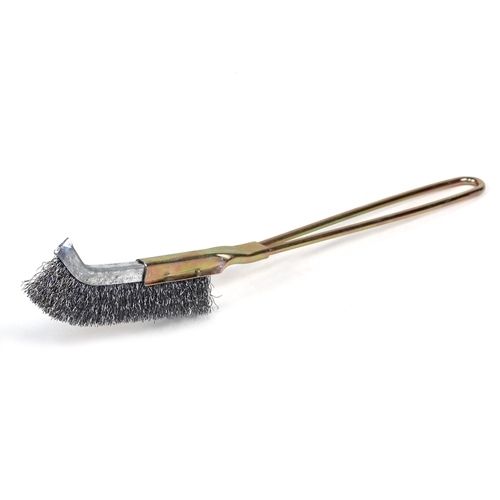
Image source: EasternLeaf
A soft-bristled brush is useful for gently cleaning the leaves and branches of your bonsai, removing dust and debris without causing damage.
How to water bonsai plants?
Observe
The first step to mastering the art of watering bonsai plants is observation. Take the time to observe your bonsai’s soil, leaves, and overall condition regularly. Feel the soil with your finger to gauge its moisture level. This hands-on approach allows you to understand your plant’s water needs better.
Watering frequency
The frequency of watering your bonsai depends on various factors, including the species, size, climate, and time of year. Most bonsai plants benefit from thorough watering once the top layer of soil begins to feel slightly dry. Avoid rigid watering schedules and adapt to your bonsai’s unique requirements.
Watering Techniques
Avoid drenching the entire plant; instead, target the soil surface, allowing water to trickle down to the roots. Use a fine-spouted watering can to ensure even distribution and prevent damage to the delicate foliage.
Soil Saturation
Achieving proper soil saturation is vital for your bonsai’s health. Water your bonsai until you see water draining from the bottom of the container. This ensures that the entire root system receives adequate water. Never let your bonsai sit in standing water, as it can lead to root rot.
Watering in the morning
Watering your bonsai in the morning is generally preferred, as it allows the plant to absorb the water throughout the day and ensures that excess moisture evaporates before cooler evening temperatures. Avoid watering during the hottest part of the day to prevent potential leaf scorch.
Adjusting for seasons
During different seasons, your bonsai’s water requirements may change. In hot summer months, your bonsai may need more frequent watering, while in cooler months, it may require less. Be attentive to these seasonal shifts and adjust your watering accordingly.
Soil type and pot for bonsai plant
Soil selection
The soil you choose for your bonsai plays a critical role in its well-being. Bonsai soil must strike a delicate balance, providing adequate drainage while retaining enough moisture for the roots. A blend of different particle sizes, such as akadama, pumice, and lava rock, is commonly used in bonsai soil mixes. This blend ensures good aeration, preventing waterlogging, which can lead to root rot.
Akadama: Akadama is a popular component in bonsai soil mixes. This clay-like substance comes from Japan and possesses excellent moisture retention properties while promoting essential oxygen circulation for the roots.
Pumice: Pumice, a volcanic rock, provides excellent drainage in bonsai soil mixes. Its porous structure prevents water from pooling around the roots, preventing potential root issues.
Lava rock: Lava rock is another volcanic material used in bonsai soil mixes. Its rough texture helps aeration and drainage, promoting a healthy root system.
Pot selection
The pot you choose for your bonsai is more than just a container; it becomes an integral part of the artistic expression. The pot’s size, shape, and color should complement the tree’s style and enhance its overall aesthetic appeal.
Size matters: Selecting the right pot size is crucial for your bonsai’s health and appearance. A pot that is too small may restrict root growth, while one that is too large may lead to overwatering and lack of stability. Choose a pot that provides ample space for the roots to grow and maintains visual balance with the tree’s proportions.
Pot material: Bonsai pots come in various materials, such as ceramic, clay, and plastic. Each material has its benefits, and the choice depends on personal preference, climate, and the specific needs of the bonsai.
How to prune the bonsai plant?
Pruning is a fundamental aspect of bonsai care, and its significance extends far beyond simple maintenance. Pruning is an art form that allows you to sculpt and shape your bonsai plant, bringing out its innate beauty and captivating essence.
There are several pruning techniques in bonsai cultivation. Each technique serves a specific purpose:
Pinching
Gently pinch off new growth with your fingers to maintain the desired shape and encourage branching.
Hard pruning
Drastic pruning to remove larger branches and shape the overall structure of the tree.
Clip and grow
Allow certain branches to grow freely, and then prune them back to encourage ramification (the development of smaller branches).
Selective pruning
Remove specific branches or shoots to balance the tree’s appearance and promote overall symmetry.
Here are some of the pruning tips you can use:
- Each cut you make should have a clear intention and contribute to the bonsai’s overall design.
- Avoid excessive pruning at once, as it may stress the tree. Instead, prune gradually over multiple sessions to achieve the desired shape.
- Take breaks while pruning to step back and observe your bonsai from different angles. This allows you to assess its balance and ensure even shaping.
Regular pruning is essential for maintaining the shape and health of your bonsai. The frequency of pruning depends on the species, growth rate, and styling goals of your bonsai.
How to wire and shape a bonsai?
Shaping a bonsai is a delicate dance between artistic vision and the natural essence of the tree. With the technique of wiring, bonsai enthusiasts can bring their creative aspirations to life, crafting stunning compositions that embody harmony and elegance.
Step 1: Select the right time
Wiring is most effective when the tree is in its growing phase. For deciduous trees, this is typically during late winter or early spring before the buds start to open. For evergreen trees, choose a time during the active growing season.
Step 2: Choose the right wire
Select aluminum or copper wire that is one-third the thickness of the branch to wire the bonsai. Softer aluminum wire is ideal for deciduous trees, while more rigid copper wire suits evergreens.
Step 3: Prepare the tree
Before wiring, ensure that the tree is well-hydrated and the branches are flexible enough to be shaped without breaking. Gently bend a few branches by hand to assess their flexibility.
Step 4: Start wiring
Begin wiring from the base of the branch, working your way up towards the tip. Wrap the wire in a spiral motion along the branch, making sure it is snug but not too tight. Leave some space between the coils to allow for expansion.
Step 5: Bonsai wiring techniques
There are two primary wiring techniques in bonsai:
Coiling Technique: Wrap the wire in a spiral along the branch’s entire length. This technique is suitable for thick, straight branches.
Hooking Technique: Use a single coil of wire and create a hook at one end. Place the hook behind the branch and pull the wire forward to shape it. This technique is ideal for smaller branches and finer detail work.
Step 6: Shape
With the wire in place, gently bend and shape the branches to achieve your desired design. Take your time and avoid bending the branches too abruptly, as this can cause damage. Instead, make gradual adjustments to create a natural appearance.
Step 7: Monitor
Monitor the progress of your wired bonsai regularly. As the branches grow and set into the desired shape, be attentive to avoid wire cutting into the bark. Remove the wire before it starts to leave marks or become embedded in the branch.
How to Repot a bonsai for optimal growth?
Repotting provides an opportunity to refresh the tree’s environment and it is an important step in taking care of bonsai plants.
Step 1: Assess the root system
Carefully remove the bonsai from its current container, and gently shake off excess soil to reveal the root system. Assess the roots for health and vigor. Trim away any dead or rotting roots with sharp, clean scissors or root shears.
Step 2: Prune the roots
Trim the root ball by carefully removing about one-third to one-half of the roots. Avoid cutting too close to the main root ball, as this can stress the tree.
Step 3: Choose the right pot
Select a new pot that allows sufficient space for the root system to expand, but not excessively large.
Step 4: Prepare the pot
Clean and disinfect the new pot before repotting to prevent the introduction of any harmful pathogens. Create a layer of fresh bonsai soil at the bottom of the pot to support the root system.
Step 5: Place the bonsai
Position the bonsai in the center of the new pot, ensuring that it sits at the appropriate height. The top of the root ball should be slightly below the rim of the pot to allow for watering without overflow.
Step 6: Fill with fresh soil
Gently add fresh bonsai soil around the root system, ensuring that it fills the gaps and supports the tree securely. Tamp down the soil gently to eliminate air pockets without compacting it too tightly.
Step 7: Water
Water the newly repotted bonsai thoroughly, allowing the soil to settle around the roots. Keep the bonsai in a shaded area for a few days after repotting to minimize stress.
Tips for placing the bonsai plant
1. Observe the sunlight patterns in your space and position your bonsai accordingly. Rotate the plant regularly to ensure even exposure to light and prevent lopsided growth.
2. Avoid placing your bonsai in areas with drafts or direct exposure to air conditioning or heating vents.
3. Your bonsai can be a captivating focal point in any room or outdoor space. Place it in a spot where it can be admired and appreciated by anyone who enters the area. Consider using a decorative stand or pedestal to elevate the bonsai and draw attention to its beauty.
4. Give your bonsai some space to breathe. Avoid crowding it with other plants or objects.
5. If you have curious pets or young children at home, place your bonsai in a location that is out of their reach. Some bonsai species may be toxic if ingested, so exercise caution to prevent any mishaps.
How to fertilize the bonsai plant?
Before delving into the process of fertilizing, it’s vital to understand the nutritional needs of your bonsai. Different species have varying requirements, and factors like climate, season, and age also influence these needs. Nitrogen (N), phosphorus (P), and potassium (K) are the primary nutrients essential for bonsai health.
There are various types of bonsai fertilizers available, including liquid, solid, and organic options. Each type has its advantages, and the choice depends on your bonsai’s specific needs and your preferred application method.
The frequency of fertilization depends on the type of fertilizer you use, the growing season, and the age of your bonsai. Over-fertilization can be harmful to your bonsai, leading to nutrient imbalances and root burn.
Monitor your bonsai closely after fertilization. Healthy growth and vibrant foliage are signs that your bonsai is receiving the right nutrients. If you notice any signs of nutrient deficiency or excess, adjust your fertilization regimen accordingly.
rowing and taking care of the bonsai plants is an art that blends patience, precision, and passion. By following the key principles of proper watering, pruning, repotting, and fertilizing, you can embark on a fulfilling journey of tending to these miniature marvels.
Remember, each bonsai is a living testament to your dedication, reflecting the beauty of nature in a miniature form. So, whether you’re a seasoned enthusiast or a beginner, the care you invest in your bonsai will not only promote its health but also grant you a serene connection with the artistry of the natural world. Happy bonsai growing!
1. How often do you need to water a bonsai tree?
The frequency of watering a bonsai tree varies based on factors like species, pot size, and environmental conditions, but generally, it needs to be watered when the top layer of soil feels slightly dry to the touch.
2. Do bonsai plants need sunlight?
Yes, bonsai plants need sunlight for their healthy growth and overall well-being.
3. Why is my bonsai tree dying?
Your bonsai tree may be dying due to factors like overwatering, underwatering, improper lighting, pests, diseases, or poor soil conditions.

